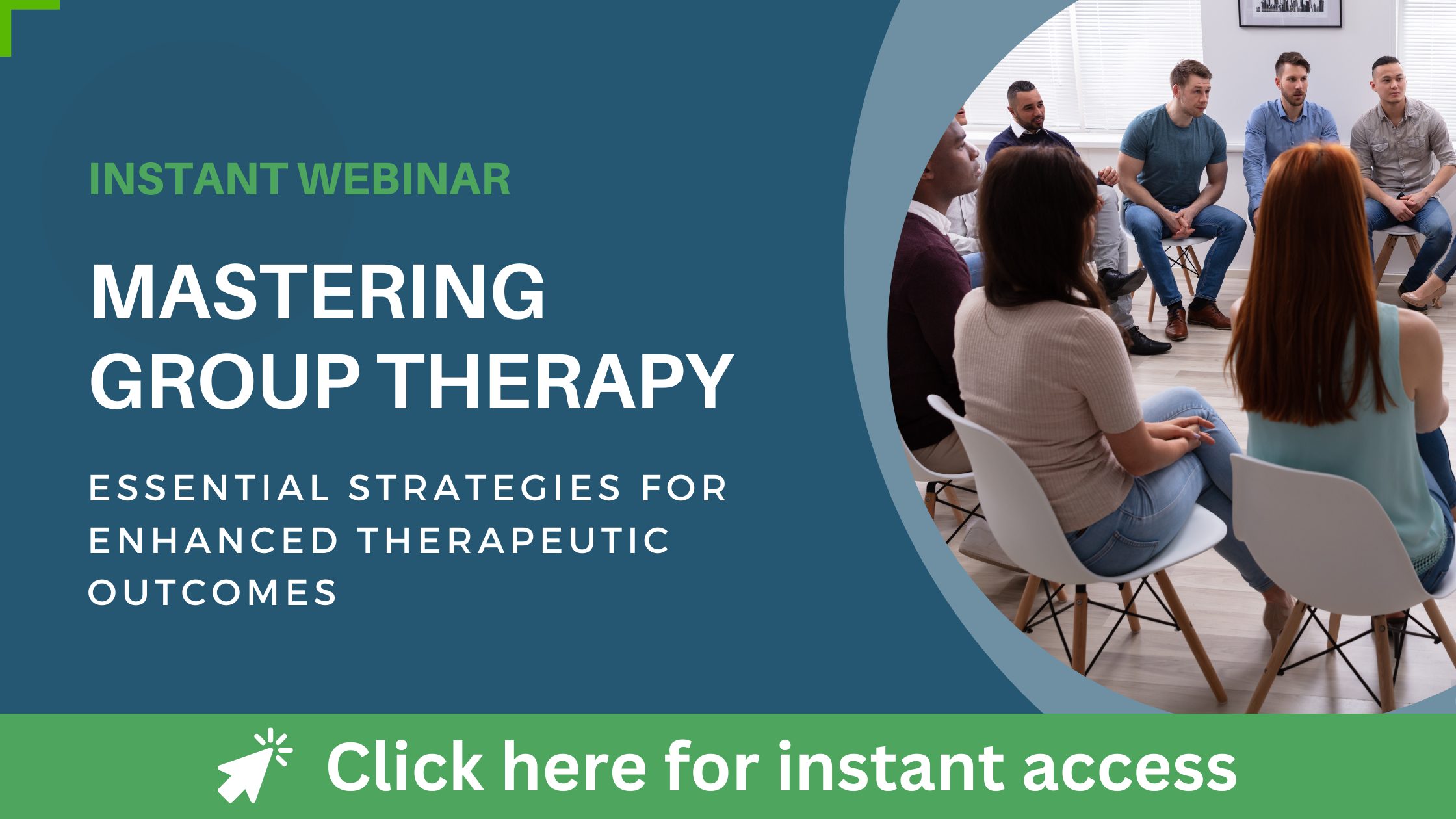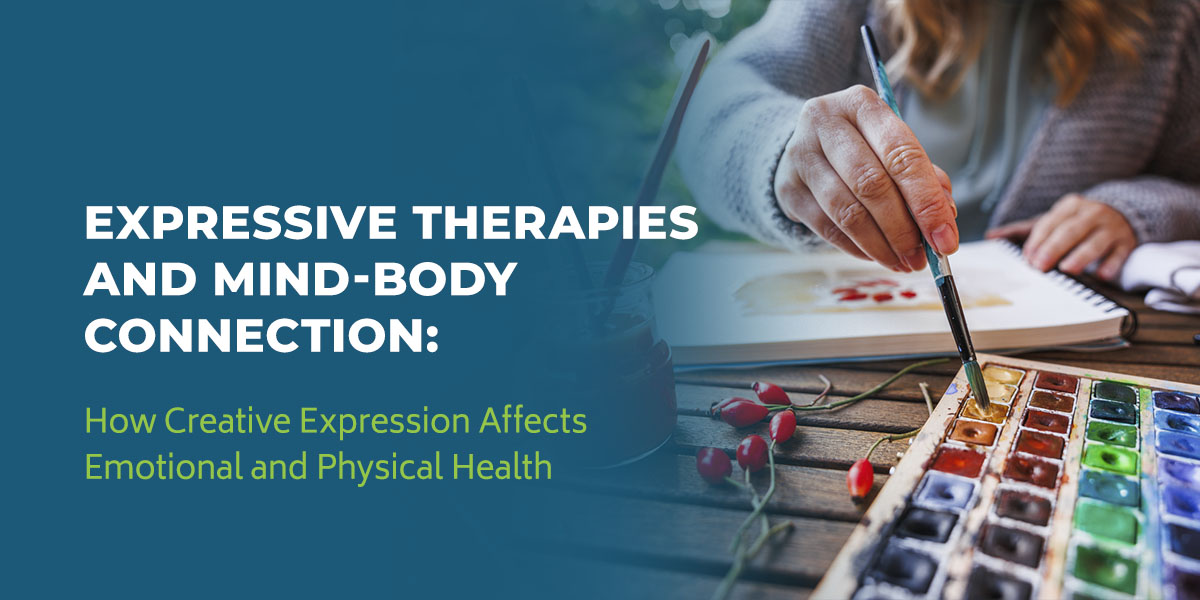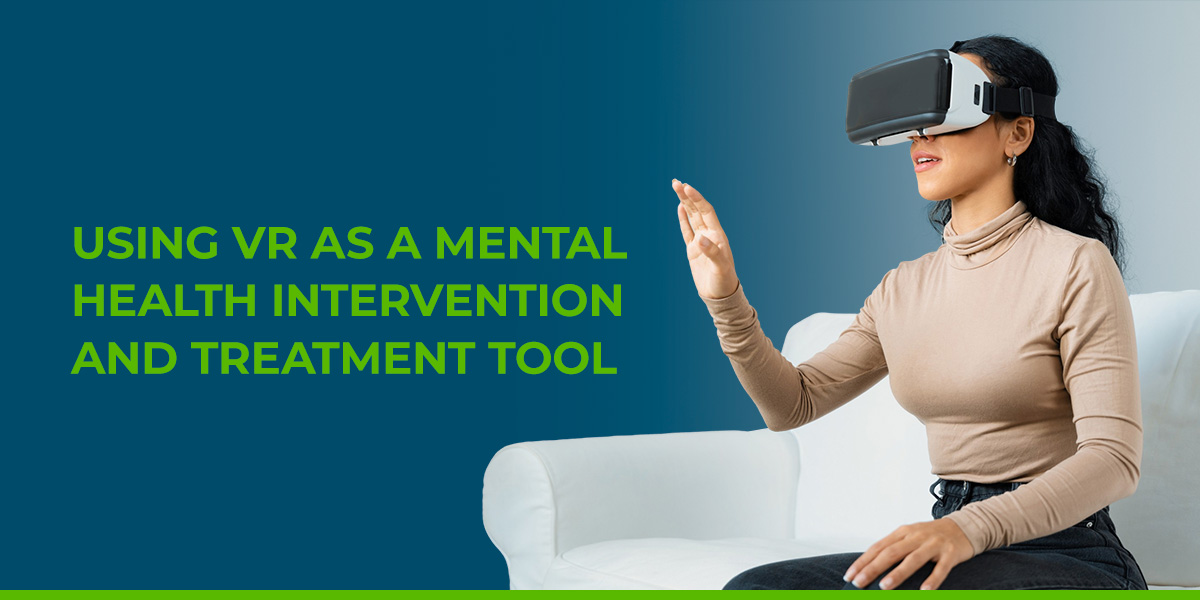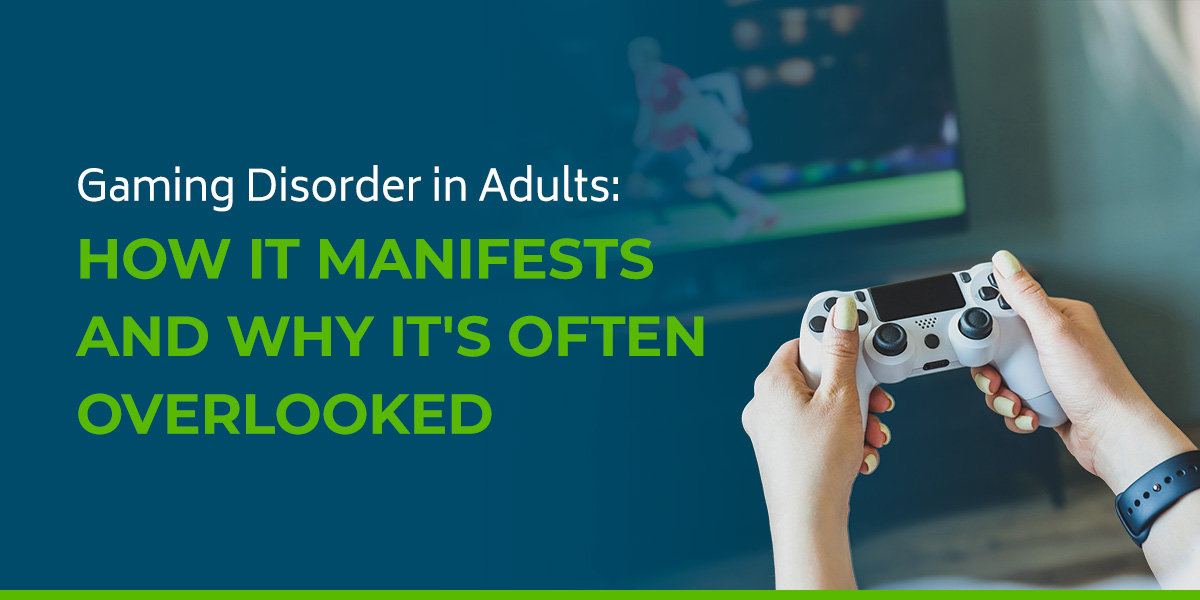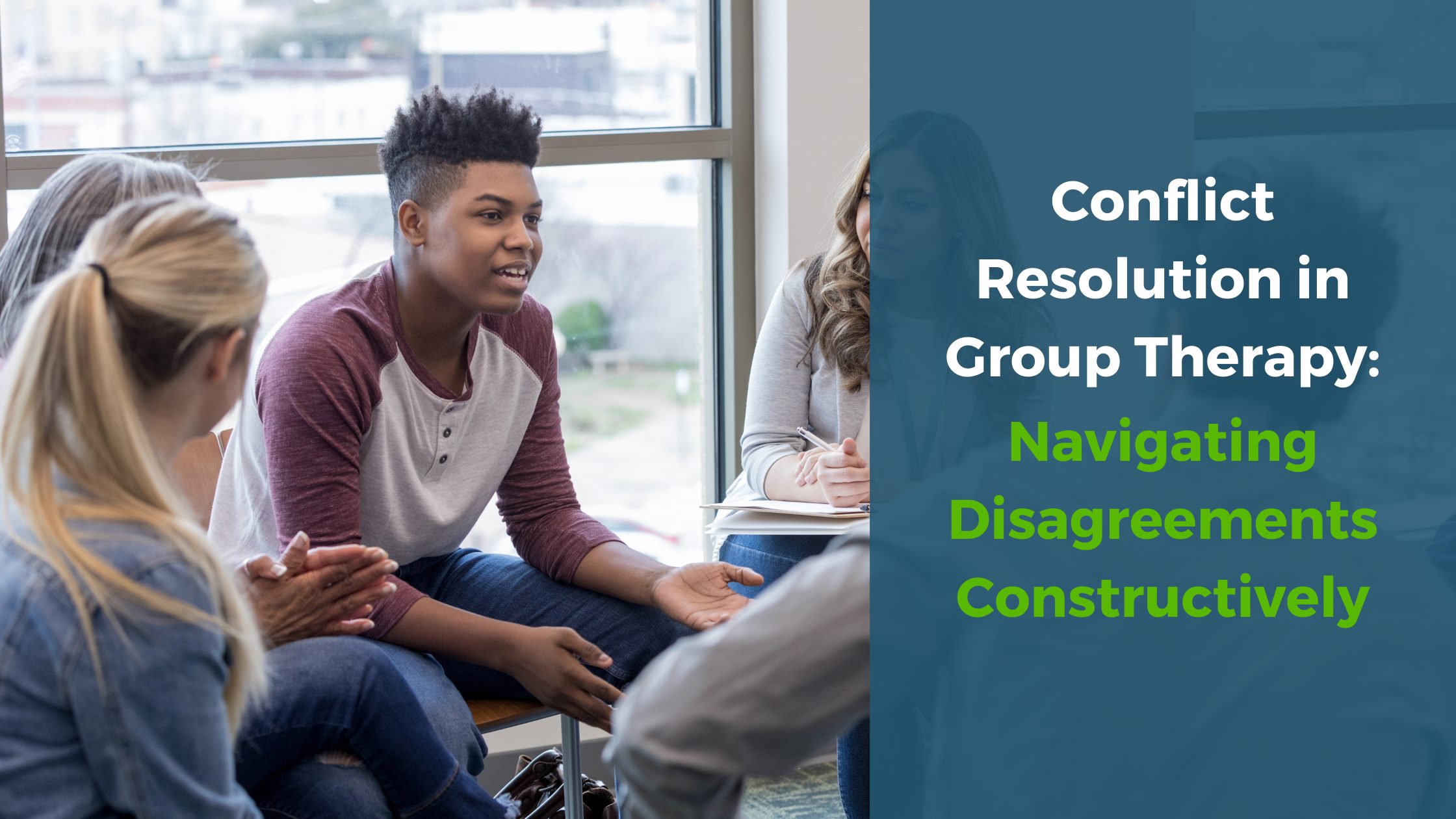
Conflict Resolution in Group Therapy: Navigating Disagreements Constructively
Miscommunication, disagreements, and conflict are common, if not inevitable, aspects of group therapy. Being unable to address or overcome conflict during group therapy can fracture the group and disrupt the entire process. But when the therapist is able to identify and resolve conflict quickly and efficiently, conflict in group therapy can become a fantastic growth opportunity for clients.
Free Download: 20 Conflict Resolution Activities for Group Therapy
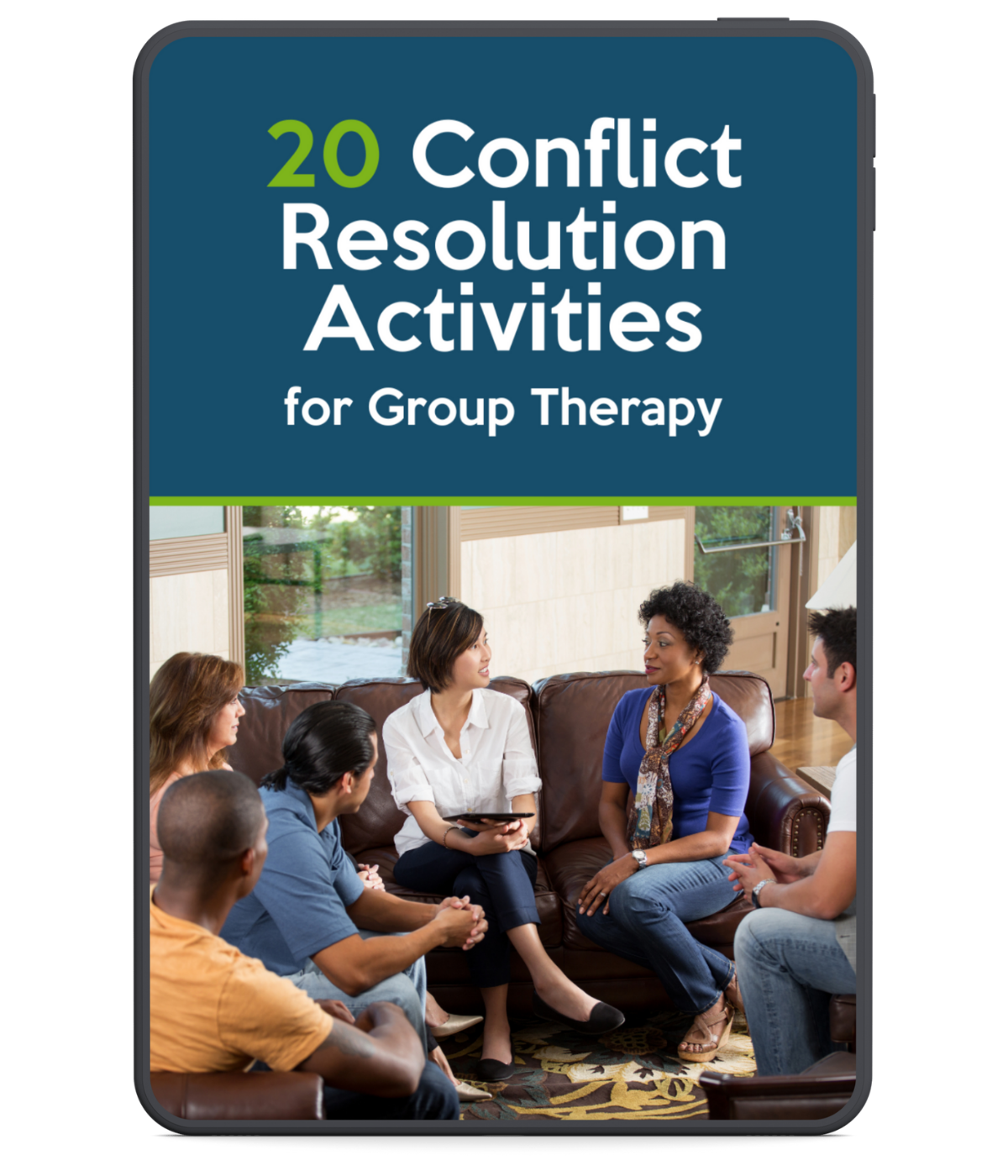
Understanding Conflict in Group Therapy
Interpersonal conflicts are a typical and healthy part of interactions, and these conflicts are often apparent in group therapy sessions and mental health treatment. Some therapists may aim to avoid problems at all costs or act as if conflicts are not present. This could be a mistake, though, as helping clients attend to and act toward conflict resolution and conflict management in the safety of the group setting can help them outside of the session.
Conflicts in group therapy can present in various ways. When the therapist is aware of these types, they can learn how to overcome group conflict during group therapy. Types of conflict include:
- Disagreements in personality traits, beliefs, and opinions
- Differences in communication style
- Opposing treatment goals and expectations of the group process and the therapy
- Frustration over perceptions of honesty and participation in the session
- Conflict that comes from outside the session based on previously held relationships or personal relationships built after the group initiated
Group therapy conflicts can occur in several forms including:
- Client vs. client
- Client vs. therapist
- Client subgroup vs. client or another subgroup
- Client subgroup vs. therapist
No form of conflict is better or worse than another, but they all present opportunities for growth, learning, and change.
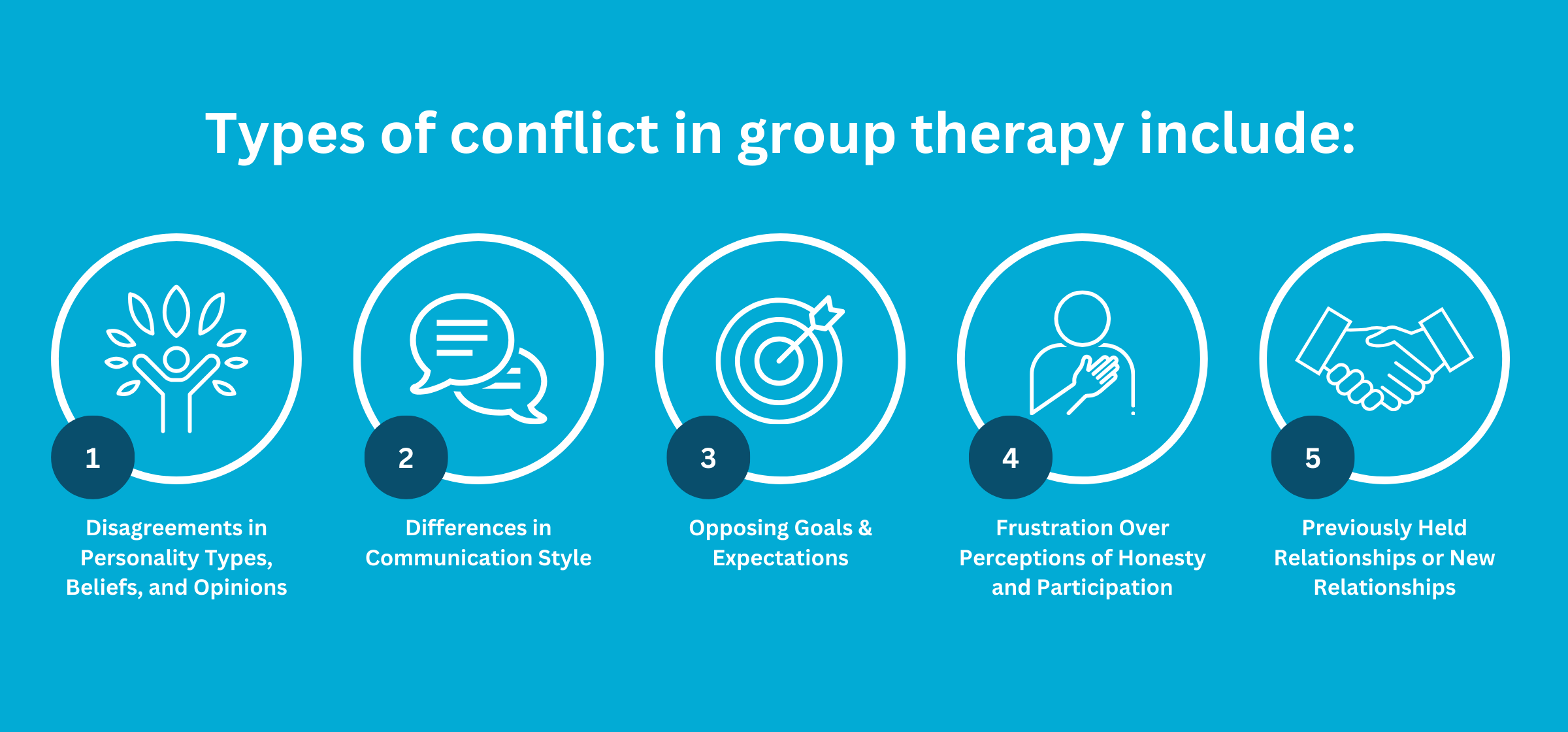
The Role of the Group Therapist
In group therapy conflicts, there is no singular “right” approach or conflict management style for the therapist to take. The strategies and tools therapists use to help deal with therapy conflict will depend on factors like their experience, theoretical orientation, communication style, and stage of the group process.
A great starting point for a group therapist is to provide education and understanding to the group members that conflict is a likely part of the experience. By letting clients know that early group sessions usually are marked by some reluctance and mistrust before the hesitation gives way to openness and intimacy. This phase, sometimes called the storming stage, is where a lot of conflict can begin.
Here, the therapist should take action that is in line with previously established group rules, policies, and procedures. At this point, a therapist may:
- Identify and acknowledge the conflict
- Discuss the impact of conflict on the group process
- Re-establish or maintain group as a safe, open environment
- Speak in ways that emphasizes the differences of opinion, rather than notions of “right and wrong”
- Remain neutral in the conflict, while using empathy to understand the situations of the members
Early on in the group, the therapist may need to take the lead in resolving conflict. This serves to put the group back in a good direction, but it also provides an example to the members about the process of noting, discussing, and resolving group therapy conflicts. As additional conflicts occur, the therapist can take a gradually more passive role and allow the group as an entity to find solutions. In the best of situations, group members can use this information and apply it to their conflicts outside of the group.
Conflict Resolution Strategies
For a therapist learning how to handle conflict in group therapy, it’s important to remember that there are countless ways to make the situation better and a few ways to make the situation worse. Controlling, compromising, accommodating, motivational interviewing, and collaborative conflict resolution in group therapy can all be effective when performed in an intentional and skillful way.
Thematically, therapists and mental health professionals should consider some guiding principles of conflict resolution in group sessions like:
- Active listening and empathy - Staying open-minded, nonjudgmental, and fair is essential.
- Communication enhancement - Continuing to build the communication skills of the group members will help them in and out of the group. Emphasize times they are being assertive and highlight the benefits.
- Mediation and facilitation - Remember, the role of the therapist is to help clients resolve the conflict, not resolve it for them. Be a mediator, not a fixer.
The specific conflict resolution techniques and conflict resolution group therapy lessons used will depend on the chosen style, but generally, therapists will do well to:
- Set the tone for optimism, success, and resolution
- Illustrate issues and differences creating the conflict
- Work with members to build emotional intelligence and verbalize their feelings, rather than acting out on them
- Focus on the problems, not the other people
- Avoid threats and intimidation
- Promote the importance of relationships in group therapy
- Find ways to meet the needs of the members
- Encourage patience, empathy, and understanding
- Build assertive communication skills, while working to point out passive or aggressive styles
Depending on the phase of the group, the therapist could be very active in leading and mediating the conflict. If the group is well-established, the group as a unit could work towards a resolution, or a group member could emerge as a temporary facilitator to work through the group conflict.

Preventing Future Group Therapy Conflicts
Running a therapy group devoid of conflict may seem ideal, but these challenges experienced during conflict can be invaluable learning opportunities. Because of this, it could be the therapist’s goal to reduce silly, necessary, and repetitive conflicts, rather than reduce all conflict.
Some ways to minimize and prevent future group therapy conflicts include:
- Establishing clear group guidelines and expectations. The rules and expectations of the group process will direct future sessions. Be sure guidelines are clear, helpful, and flexible enough to evolve with time.
- Promoting group cohesion and trust. Maintain the therapy group as a collective team, instead of people competing for time, attention, or praise.
- Focusing on early intervention. The difference between a minor issue and a full-blown conflict often comes down to time. As the therapist, place value on early intervention and have members more quickly identify frustrations before conflict develops.
- Encouraging open and honest communication. Therapists should consider routinely leaving time to discuss and process the group status. Make space to allow and reward communication.
Dealing with Persistent Conflict in Therapy Groups
Even the best therapists and the well-oiled therapy groups could experience persistent conflict due to the interaction of leader and member factors. It takes many people to make a group successful and only one person to upset the balance and trigger a rupture. Dealing with persistent conflict in group therapy may become necessary. Without repairing the rupture, the group could fall apart.
To manage chronic conflict in therapy groups:
- Identify and track recurring conflicts. Is this the first conflict a member has had or is it the 40th? Is it with the same person or are they rotating through each group participant?
- Call attention to these patterns. Noting patterns is not judgmental, so bring this information to the group’s attention. Ask for feedback about possible reasons for these issues.
- Brainstorm solutions. Working with the group as a unit, discuss possible resolutions for the conflicts. Be sure to come from a place of understanding and not blame.
- Refer elsewhere when needed. By no fault of their own, some group members are just not appropriate for every group. By subtracting a member, the remaining members can gain increased cohesion and benefit from therapy.
It’s imperative from an ethical and clinical perspective to avoid abandonment here. If the client is removed from the group, therapists should accurately document their rationale and always refer to follow-up services.
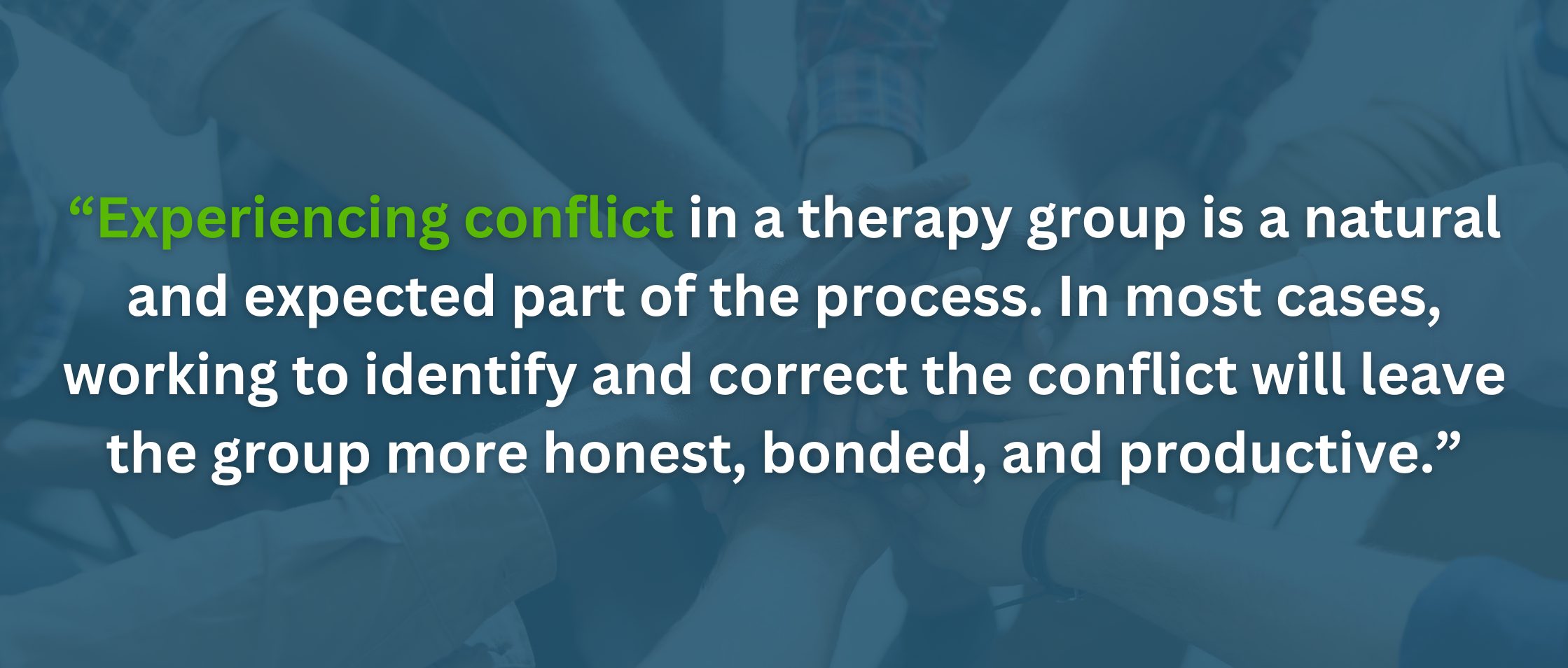
Final Thoughts
Experiencing conflict in a therapy group is a natural and expected part of the process. In most cases, working to identify and correct the conflict will leave the group more honest, bonded, and productive. Though it may be uncomfortable, there are always ways to resolve the conflict that preserve the group’s integrity.
Even seasoned group therapists can benefit from reviewing their conflict resolution skills and learning new group therapy conflict resolution activities.
Disagreements happen in group therapy, but documenting the sessions should be conflict-free. With ICANotes, you can quickly track the progress of each group member with little effort. ICANotes can help you spend less time typing and more time focused on running top-notch groups.
ICANotes software is designed to assist behavioral health professionals in writing individualized group therapy progress notes quickly and accurately. Experience the benefits firsthand by contacting our team at 866-806-2863 today or requesting your free trial. Take the first step towards better, more efficient group therapy note-taking with ICANotes.
About the Author

Eric Patterson, MSCP, NCC, LPC
Eric Patterson, MSCP, NCC, LPC, is a professional counselor who has been working for over a decade to help children, adolescents, and adults in western Pennsylvania reach their goals and improve their well-being.
Along the way, Eric worked as a collaborating investigator for the field trials of the DSM-5 and completed an agreement to provide mental health treatment to underserved communities with the National Health Service Corp.
Sources
Kellermann, P.F. (1996). Interpersonal Conflict Management in Group Psychotherapy: An Integrative Approach, Group Analysis.
Weinberg, Haim. (2014). When a Conflict Erupts: The Tasks of the Group Leader, Group.
Malhotra, Akshay and Baker, Jeff. (2022). Group Therapy, StatPearls.
NC State University Counseling Center. (n.d.). Conflict Resolution.
Cheri L. Marmarosh (2021) Ruptures and Repairs in Group Psychotherapy: From Theory to Practice, International Journal of Group Psychotherapy.

